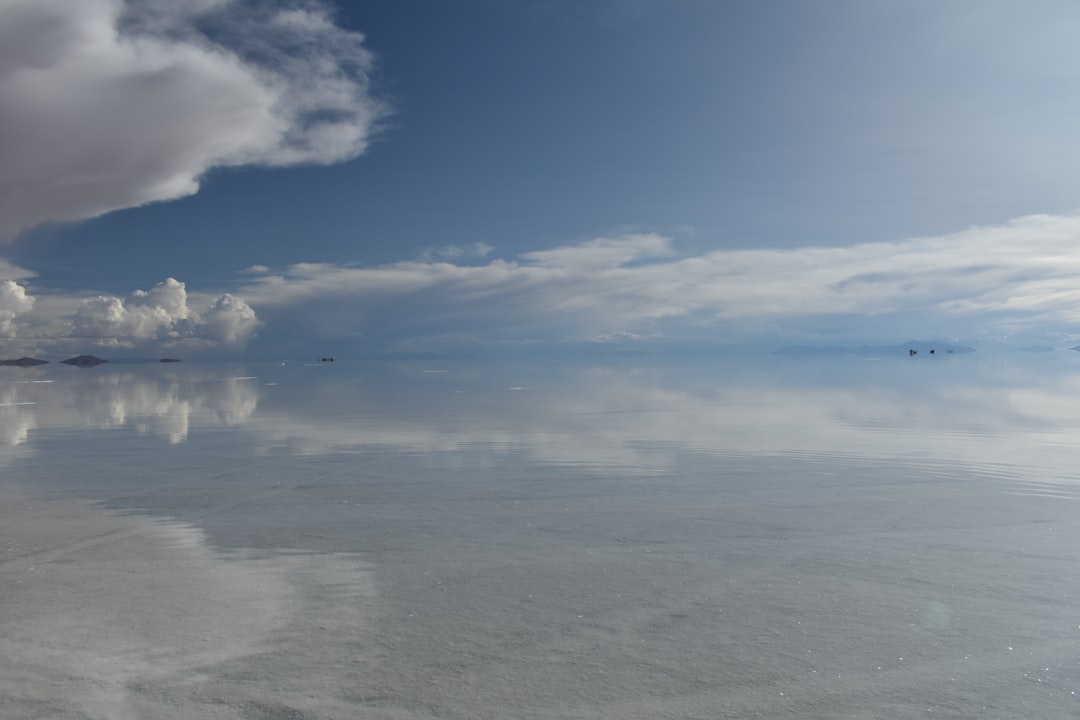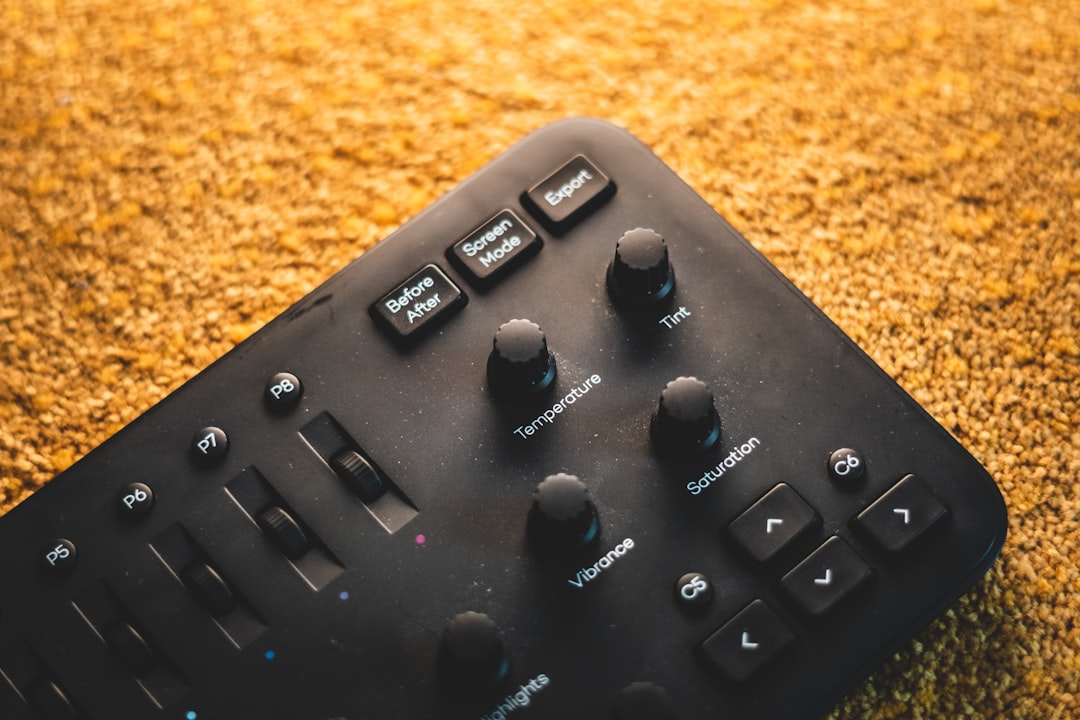The Full Scope of Photo Inversion and Image Styling
The Full Scope of Photo Inversion and Image Styling - Understanding the colorizethis.io approach to photo inversion
Moving beyond the general principles of photo inversion and image styling, this section zeroes in on the distinct methods utilized by colorizethis.io. To truly grasp the outcomes and potential applications of their tools within the wider landscape of digital image manipulation, it's necessary to examine the specific techniques underlying their approach to inverting photographs. This involves looking at how the platform handles aspects like color transitions, detail preservation, and the aesthetic implications of the transformation process itself, offering a particular perspective on how automated processes interpret and alter visual information – a critical consideration when artistic intent is paramount.
Observations regarding the approach to photo inversion within their image styling system reveal several notable design choices:
1. Rather than a straightforward reversal of pixel values, the process appears to primarily operate within a color space designed for perceptual uniformity. This suggests an attempt to align the tonal and color transformations more closely with human visual perception, aiming to produce inverted images where the relative lightness and color relationships are preserved in a less arbitrary manner compared to simple RGB flips. The complexity lies in effectively mapping between color spaces while managing edge cases.
2. Incorporating content-aware analysis via AI models during the inversion step allows for a dynamic adjustment of the tonal mapping. This moves beyond static curve application, enabling the system to potentially modulate contrast and detail levels differently across image regions based on identified content, such as distinguishing faces from backgrounds. This sophistication adds complexity and raises questions about the reliability and potential biases of the content analysis.
3. The inverted image itself is often not the final output but serves as a crucial intermediate representation within the overall styling pipeline. Information extracted or encoded in this 'negative' form is then utilized by subsequent AI models for style transfer. This suggests the inversion step functions partly as a feature extraction or normalization phase, leveraging the unique properties of the inverted domain for downstream tasks.
4. The system explores non-uniform treatments of color channels during inversion, potentially applying different functions or transformations to individual color components. This granular control over channel-specific reversals provides a mechanism for fine-tuning the color balance and overall contrast of the resulting inverted image, aiming for a more tailored starting point for further manipulations compared to simple channel-wise negations.
5. Algorithms are reportedly integrated directly into the inversion process to proactively address common transformation artefacts like banding or haloing. By analyzing local pixel neighborhoods as the inversion occurs, the system attempts to smooth transitions or adjust values in context, rather than solely relying on post-processing cleanup. The effectiveness of this real-time mitigation depends heavily on the specific algorithmic strategies employed.
The Full Scope of Photo Inversion and Image Styling - Evaluating inversion output against typical user expectations
Evaluating how well photo inversion output measures up against typical user expectations presents a significant area of focus. With the increasing sophistication of the techniques employed, especially those integrating forms of artificial intelligence, user anticipation has also evolved beyond simple color reversal. Contemporary users often hold more complex expectations, desiring outputs that not only look visually interesting but also maintain interpretability or serve predictably as source material for subsequent creative processes. This makes evaluation inherently challenging, as it navigates the gap between purely technical metrics and the highly subjective realm of aesthetic satisfaction and practical utility. Ensuring that automated inversion aligns effectively with this diverse and moving target of user requirement remains a core difficulty.
Observing digital inversion outputs, one quickly encounters the fundamental disconnect between simple mathematical operations on pixel values in a standard color space like RGB and the non-linear intricacies of human lightness and color perception. Evaluating the "correctness" or desirability of an inverted image purely on pixel-level accuracy misses the point; the metric must align with how humans actually *see* the transformation.
Furthermore, the presentation medium itself introduces significant noise into the evaluation process. The varied transfer functions and calibration states of different viewing displays drastically alter the perceived tonal balance and color shifts in an inverted image. Developing evaluation methods that can reliably assess output quality across such diverse user viewing environments remains a complex challenge.
Reliance on conventional metrics like PSNR or SSIM for judging the quality or subjective fidelity of inverted images against human expectation proves frequently inadequate. Contemporary evaluation approaches increasingly utilize machine learning models, trained rigorously on vast collections of human qualitative assessments, to build predictive proxies for perceived aesthetic merit and expected outcome alignment. This reflects an evolution towards evaluation benchmarks grounded in empirical subjective data.
Research into more sophisticated computational models incorporating principles of the human visual system offers promising avenues for predicting user perception of complex image inversions algorithmically. The goal here is to anticipate potential subjective shortcomings or successes of algorithmic variations *before* embarking on costly and logistical user studies, allowing for more data-informed iterative algorithm refinement.
Finally, it's critical to acknowledge the implicit influence of historical precedent. User expectations for digital inversion are often subconsciously benchmarked against the distinct tonal and spectral qualities characteristic of traditional film negatives. Successfully evaluating digital outputs requires somehow accounting for, and perhaps even modeling, the gap between purely digital transformations and these historically ingrained visual references that shape user notions of what an "inverted" image should look like.
The Full Scope of Photo Inversion and Image Styling - Assessing the diversity of image styling features available
Assessing the diversity within the evolving landscape of image styling features currently presents novel challenges. Beyond simply cataloging the sheer number of filters or effects, the focus is shifting towards understanding the *nature* and *interplay* of increasingly sophisticated capabilities. The rise of generative AI and advanced semantic manipulation tools means diversity is no longer just about variations in color, tone, or texture, but includes transformations based on complex content understanding or the synthesis of entirely new visual elements derived from stylistic prompts. Evaluating this expanded palette requires moving beyond traditional image quality metrics; it necessitates frameworks that can gauge the breadth of *artistic outcomes*, the level of *user control* over nuanced transformations, and the potential for both unexpected creativity and algorithmic pitfalls, such as bias or inconsistent application across varied content. This contemporary perspective on assessing styling diversity demands a critical look at how complex, often opaque, processes contribute to or limit the actual range of achievable and *meaningful* visual modifications available to creators.
Evaluating the breadth of artistic transformations possible with available image styling functions presents its own set of analytical hurdles. It's not a straightforward task to put a number on "aesthetic diversity." Researchers often turn to sophisticated tools from information theory or machine learning, attempting to translate inherently subjective differences in visual style into quantitative measures. A curious point here is that the numerical metrics designed to capture feature diversity don't always seem to align with how a human observer perceives those variations. What looks distinct to an algorithm might feel quite similar to someone looking at the picture, and vice versa, which highlights a fundamental gap in our current understanding or modeling of aesthetic perception.
Furthermore, while a list of individual styling capabilities might seem extensive, the actual range of *combined* effects can be notoriously difficult to pin down. Applying multiple features together rarely results in a simple additive outcome; instead, you often get complex, non-linear interactions that yield emergent styles you might not have anticipated from looking at the components in isolation. Evaluating the *total* creative space enabled by a set of features thus becomes significantly more complicated than just counting the parts.
Then there's the practical constraint. The theoretical potential for diverse styling might be vast, but the *usable* diversity is often constrained by the computational resources needed to apply these transformations. Generating highly intricate or unique stylistic effects in near real-time, which is often expected for interactive tools, remains a considerable technical challenge that inherently limits the practically achievable range of styles offered.
Finally, a significant impediment to robustly evaluating both the current diversity and the potential generalizability of these styling features is the limited availability of suitable test data. We lack comprehensive, diverse collections of images and associated human-preferred styles that span a wide array of content types and subjective preferences across different application contexts. Without solid benchmarks, truly assessing how well styling approaches cover the vast landscape of aesthetic possibility is difficult.
The Full Scope of Photo Inversion and Image Styling - Examining common and less common styling applications in practice
Having explored the technical underpinnings of photo inversion, grappling with evaluation challenges, and assessing the evolving diversity of styling features, the focus now shifts to the practical dimension: how these capabilities are actually put to use. Examining common and less conventional styling applications in practice reveals the varied ways creators leverage these tools, and sometimes the unexpected outcomes or limitations encountered when theory meets real-world application.
Investigating practical applications of image styling techniques reveals their deployment extends well beyond typical aesthetic enhancements. Here are a few observed instances of common and less common uses:
1. Styling algorithms are frequently applied in scientific and medical imaging analysis, not for creating appealing visuals, but to transform data. By mapping specific ranges of non-visible data (like thermal or spectral values) or amplifying subtle variations in standard images through carefully chosen color maps or contrast adjustments, researchers can discern patterns, structures, or anomalies that are otherwise indistinguishable to direct human observation.
2. In digital humanities and cultural heritage preservation, sophisticated styling methods are used to model and simulate the effects of historical photographic processes and their inherent decay mechanisms. This allows researchers to visualize potential degradation pathways of digitized artifacts or digitally 'age' contemporary images to study the visual characteristics of historical media, going deeper than surface-level appearance.
3. Evidence from neuromarketing research suggests that precise control over image styling parameters – beyond mere "filters" – can subtly but measurably impact viewers' cognitive engagement and emotional responses, potentially influencing factors such as attention dwell time or perceived trustworthiness of visual information. This highlights a more deliberate, psychologically-targeted application of stylistic manipulation.
4. Automated quality control systems in manufacturing plants utilize specific styling operations, often involving targeted edge detection or chromatic adjustments, on camera feeds. The purpose is to enhance the visibility of minute surface defects or material inconsistencies, making them more easily detectable and classifiable by machine vision algorithms than they would be in the original capture.
5. The domain of "neural style transfer" and related generative techniques represents a powerful, if sometimes unpredictable, styling application. These approaches aim not just to apply a look, but to re-render image content fundamentally in the visual characteristics of another medium or artistic epoch, blurring traditional boundaries and presenting novel challenges in controlling the output and ensuring desired transformations.
More Posts from colorizethis.io:
- →How to Create a Custom Bokeh Effect by Selectively Blurring Image Backgrounds
- →Understanding JPEG Compression Ratios A Deep Dive into Quality vs File Size Trade-offs
- →MacOS Ventura's Visual Look Up A Deep Dive into AI-Powered Image Recognition
- →How AI Motion Deblurring Algorithms Restore Clarity to Action Photos
- →7 Free Video Design Software Tools That Support Real-Time Color Grading in 2024
- →7 Free Online Photo Editors That Rival Photoshop's Basic Features in 2024

